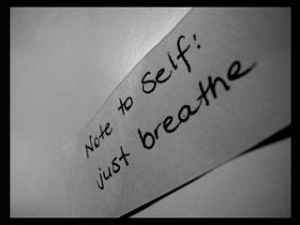Creative Lovely Unique Bold
Clay Real Cool Economical Available Online Transcendent Imaginative Vibrant Expressive
Sets You Apart Torched-Glass Unequaled Desirable Impressive One-of-a-Kind
What Do We Stand For?
Our Compliments to Complementary Colors
Tame Talisman
 The word Talisman is a Greek word that means "to initiate into the mysteries". The amulet creation or other object is considered to possess supernatural or magical powers. Whether it is thought of as spiritual, superstitious or simply a creative use of charms is of personal interpretation. I have photographed and provided two rather tame creations on the variation of the talisman theme. A random charm necklace with mixed metal loops and hoops made to maybe convey the power of nature. And the green hand-linked Catholic rosary with a focal hand-rolled clay bead, used for the power of prayer. Good luck with your creations of gifts that add something special to everyday life with special meanings attached.
The word Talisman is a Greek word that means "to initiate into the mysteries". The amulet creation or other object is considered to possess supernatural or magical powers. Whether it is thought of as spiritual, superstitious or simply a creative use of charms is of personal interpretation. I have photographed and provided two rather tame creations on the variation of the talisman theme. A random charm necklace with mixed metal loops and hoops made to maybe convey the power of nature. And the green hand-linked Catholic rosary with a focal hand-rolled clay bead, used for the power of prayer. Good luck with your creations of gifts that add something special to everyday life with special meanings attached.
Remember To Breathe

My Most Important Tools Aren't In A Box
Terms In My Trade